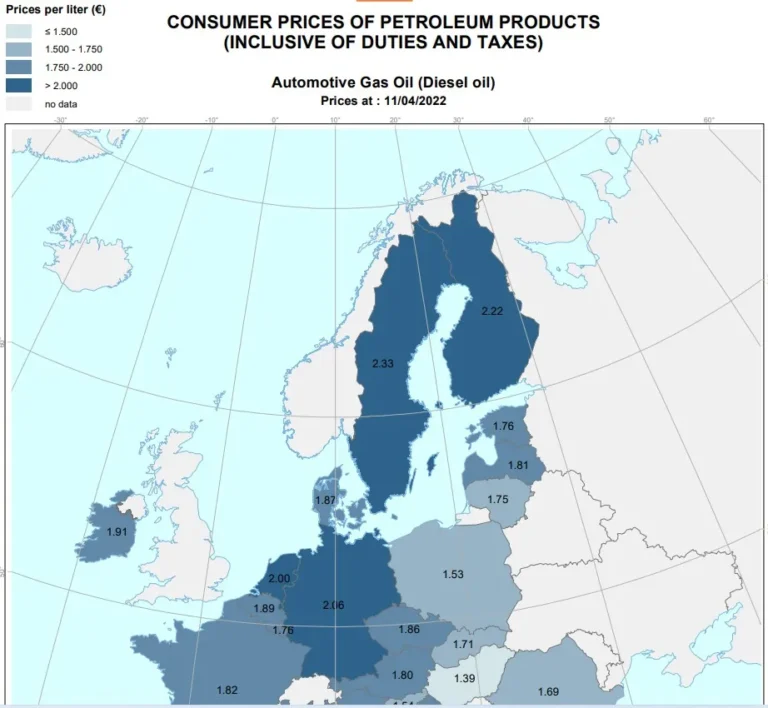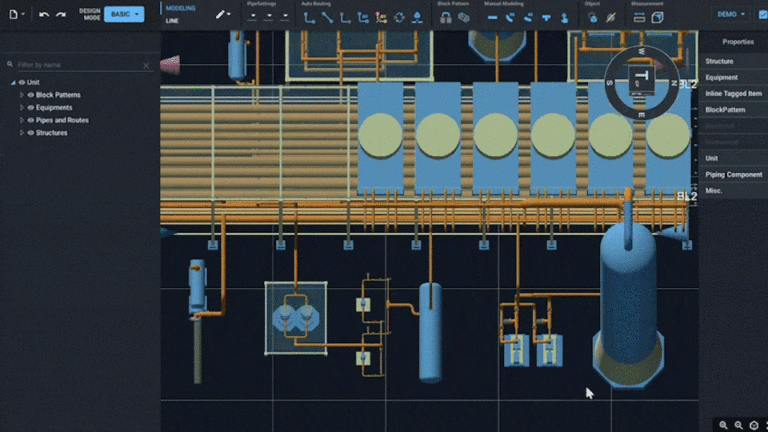PlantStreamのお役立ち情報
Is outdated technology holding you back in oil and gas?
Date :Apr 25, 2022

Producer Price Index by Industry: Crude Petroleum, Index Jun 1984 = 100
Economic Research, Federal Reserve Bank of St.Louis
Source: U.S. Bureau of Labor Statistics
A mix of factors are creating challenging circumstances for the oil and gas industry.
The COVID-19 pandemic continues to impact financial markets around the world, and it remains unclear what the state of the stock exchange will be like as new variants of the disease emerge. In January 2022, the stock market was already losing support from the Federal Reserve in the United States, due to the government’s concerns about runaway inflation.
The war in Ukraine and geopolitical tensions have compounded volatility. The United States imports relatively little oil and gas from Russia¹, but that’s not the case for much of Europe. The United States, United Kingdom, and the European Union have all imposed sanctions on Russia, while Germany has halted a pipeline project. Groups like BP, TotalEnergies, and Shell have major investments in Russia, and those profit centers could now be at risk.
Russia supplies a tenth of all oil used around the world — or around 10 million barrels of oil a day². Some estimates suggest spare capacity is only about 5 million barrels a day, which isn’t enough to make up for the loss of Russia’s oil supply.
The time is now for digital transformation
Key stakeholders in the oil and gas industry are having to evaluate their economic models to stay afloat under current circumstances, and will need to consider new strategies to stay competitive and keep their customers³.
The price of oil has already skyrocketed, and it’s uncertain how much higher the cost of a barrel could go — the potential spike in energy costs at the consumer level could mean people having to choose between filling up a tank of gas or heating their homes. Companies will have to look for other ways to bring costs down, which includes reassessing whether current oil and gas technology is making production inefficient and more expensive.

One long-term solution to uncertain economic trends is to invest in the use of data, technologies, software, and automation to transform systems, processes, and workflow across organizational structures.
Digitalization can reduce costs and make existing oil and gas technology more efficient — some estimates show that the use of digital tools can reduce costs in the industry by 20 to 25 percent per barrel of oil⁴.
Automation can enhance production
Increased automation and advanced data acquisition tools can help oil and gas companies monitor and enhance different streams of production. Sensors, robotics, artificial intelligence (AI), and predictive analytics can help improve performance efficiency and offset payroll costs by eliminating unnecessary labor and construction.
Oil and gas companies that aren’t incorporating automation into their business models are missing out on massive savings. One study suggests companies could save billions of dollars through digitalization of operations over the next decade. The study found that in 2018, about $1 trillion dollars was spent across more than 3,000 companies on the operational costs of wells and other facilities. Automation could reduce that spending by 10 percent⁵. Drilling and subsea technology expenses alone could be cut by up to 30 percent.
Given current supply chain issues in oil and gas, these types of cost savings are vital.
Computer-aided design (CAD) helps to minimize risk
Designing, planning, and building massive piping can be challenging and time-consuming. Before advanced technologies came along, companies would have to hire a team of engineers to manually measure out pipe distances, calculate how the liquid moves through the system, and assess how geography would come into play — a process that could leave a lot of room for error.
Digital tools like CAD can help engineers be more precise in their designs. CAD has already been in use for over 20 years, but no significant workflow improvements have been made. Piping design still requires manual work, 2D and 3D drawings are not linked, various types of blueprints have not been unified, and PDFs have to be modified manually. PlantStream has focused on solving all those issues. PlantStream’s CAD technology creates a 3D plot plan that can be used to modify and analyze graphical representations of the physical piping. Engineers can then accelerate the design process, while having the assurance of accurately developing piping infrastructure⁶.

5G technology offers several benefits
Fifth-generation (5G) wireless networks deliver higher data speeds and reliability, with lower latency⁷.
Fourth-generation (4G) internet came about in the 2010s, so of course there may still be companies that haven’t upgraded their services — potentially at a cost. Better connectivity between different parts of production workflow, for example, allows for safer transportation, remote activities, and digital logistics. Many oil and gas companies maintain offshore activities — 5G technology can reduce communication time between facilities onshore and offshore, which can be key to enhanced efficiency and the safety of workers.
Cloud computing can help protect sensitive data
Another type of technology oil and gas companies could be missing out on is cloud computing.
Many businesses still have their data stored on hard servers, which can be easily destroyed. Using software and storing data in the cloud instead of on hard storage devices can help businesses protect highly sensitive data and back it up. Data breaches can cost companies millions of dollars, so upgrading to systems that can help protect valuable information is essential.
Cloud computing also allows companies to more easily access data, organize it, and analyze it to look for more solutions to slow production.
The future of the industry
Company CEOs are going to have to reconsider the way they do business and look for ways to cut costs, modernize, and stay relevant in the market.
Digital technology can be a game-changer for companies that have been spending millions of dollars on payroll, workflow errors, and inefficient production — and has the power to help move oil and gas toward a brighter future.

- Bisaha (March, 2022). “Why Gulf South Oil Producers Can’t Protect the Region From Rising Gas Prices.” Retrieved from Birminghamwatch.com.
- White (March, 2022). “Oil soars as markets, consumers brace for more volatility.” Retrieved from NBCnews.com.
- Krauss and Reed (Feb, 2022). “Russia’s Moves in Ukraine Unsettle Energy Companies and Prices.” Retrieved from the New York Times.
- Grijpink, F, Katsap, N, Verre, F, and Ward, R (Nov, 2020). ‘How tapping connectivity in oil and gas can fuel higher performance.’ Retrieved from Mckinsey.com.
- Hedden (Oct, 2019). “Digitizing the oilfield: Oil and gas industry could save billions through automation.” Retrieved from Currentargus.com.
- YTI (Mar, 2021). ‘What is computer-aided design and why is it important?’ Retrieved from YTI.edu.
- Qualcomm (No Date). “Everything you need to know about 5G.” Retrieved from Qualcomm.com.
